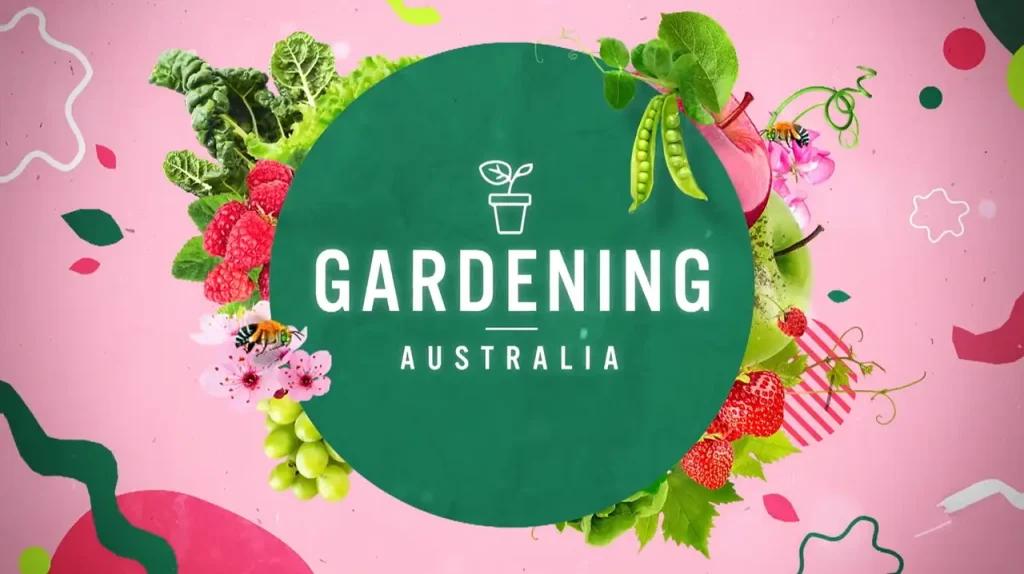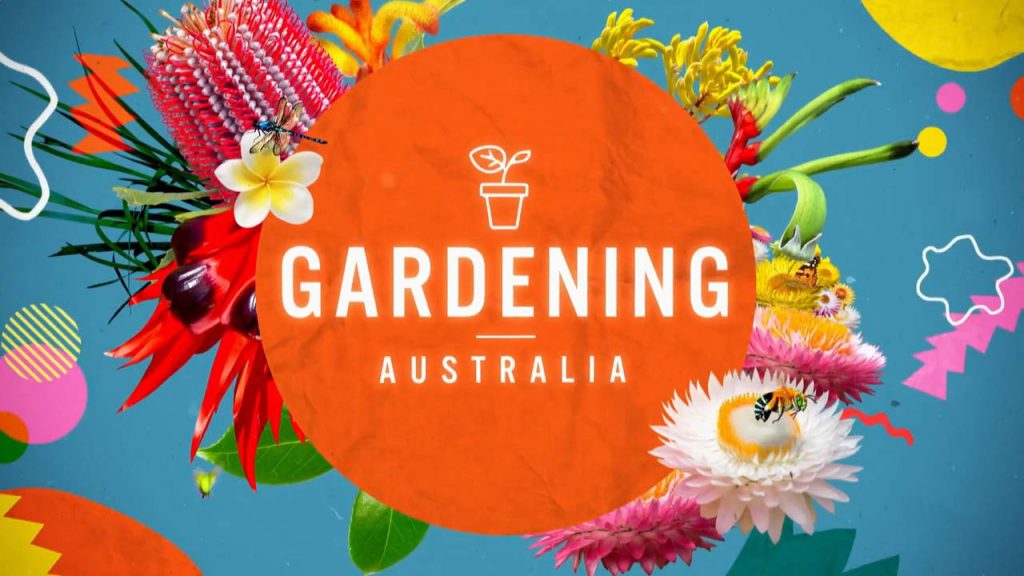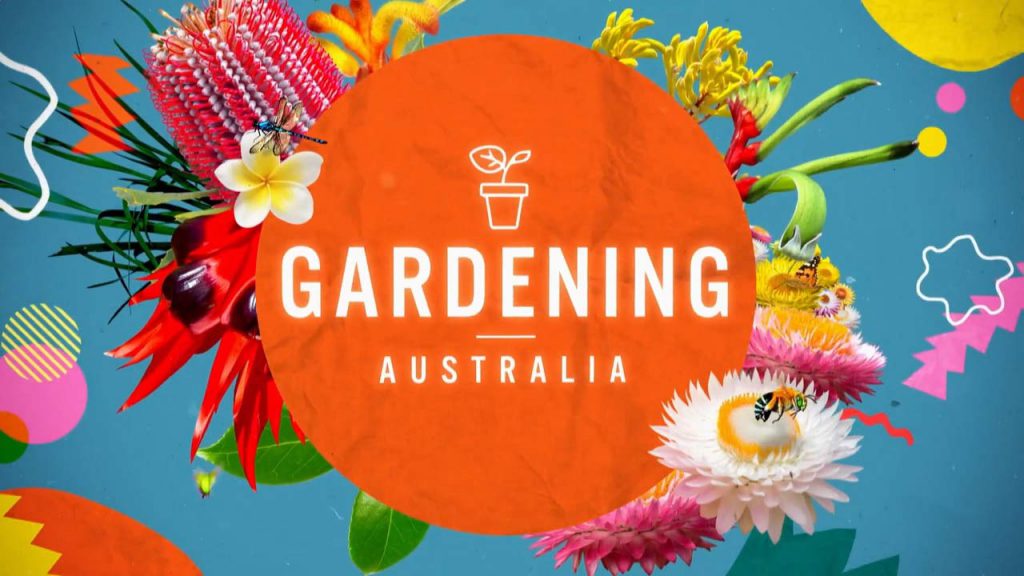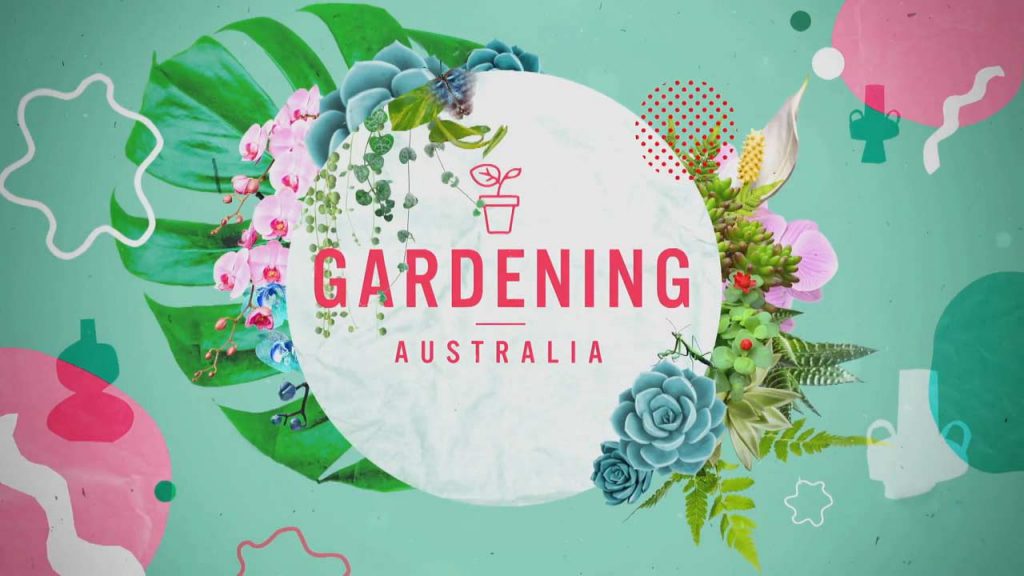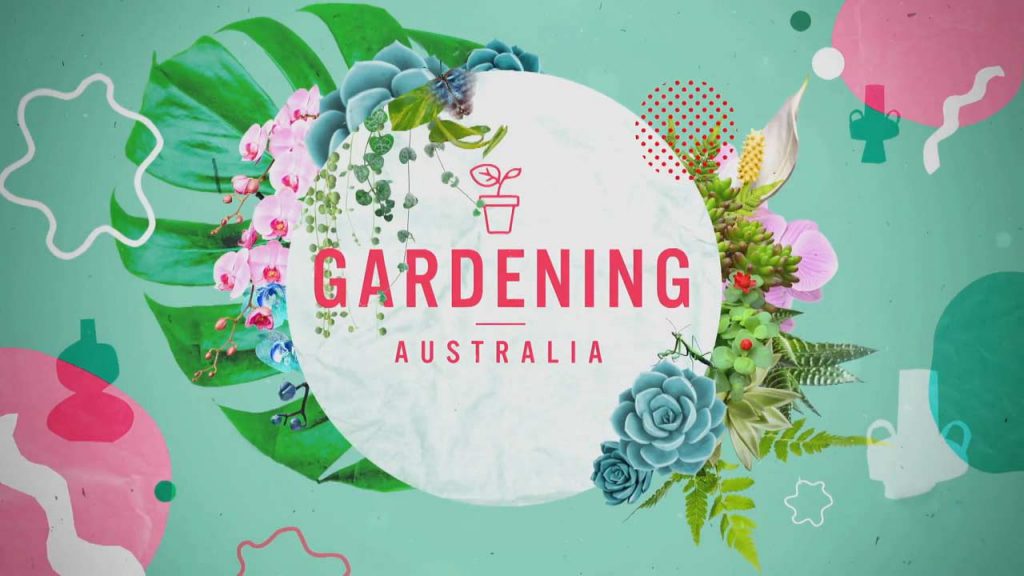Gardening Australia episode 34 2023 – Costa Georgiadis embarks on an enchanting journey through a potted paradise, where each plant tells its own story, set in a vibrant and meticulously maintained garden. Hannah Grows, on the other hand, skillfully crafts a magnificent reo mesh arch, an innovative fusion of functionality and elegance, transforming an ordinary garden feature into a piece of art.
Jane Edmanson invites us to explore a legacy garden, a treasure trove of history and horticultural splendor, where each plant and pathway holds a story from the past. Jerry Coleby-Williams delves deeper into the intricate world of pest management, providing expert advice and practical tips for maintaining a healthy, pest-free garden. Sophie Thomson’s encounter with a creative couple unveils a unique perspective on gardening, where creativity and plant life intertwine to create extraordinary outdoor spaces.
Millie Ross shines a spotlight on the often-underappreciated evergreens, illustrating their enduring beauty and the pivotal role they play in creating year-round interest in gardens. Lastly, Tammy Huynh takes us beneath the surface of aquatic gardening, exploring the diverse range of plants that thrive in watery environments and the crucial role they play in the ecosystem, offering insights into their care and cultivation.
Gardening Australia episode 34 2023
Transforming Landscapes: The Art of Australian Native Gardenin
In the serene foothills of the Dandenong Ranges, a once-forgotten land has undergone a remarkable transformation. This journey began with a vision to embrace the natural beauty of Australian flora and fauna, turning a barren wasteland into a thriving native garden.
The Genesis: From Bare to Flourishing
The garden’s creator, embarking on a mission to cultivate a distinctly Australian landscape, handpicked a diverse array of native plants, including rare species rarely seen elsewhere. This selection was not just a patriotic choice, but a nod to the indigenous wildlife, creating a sanctuary that resonates with the local ecosystem.
Garden Design: A Stroll Through Nature
Spanning approximately an acre, the garden is meticulously designed to engage visitors on a sensory journey. With casuarina groves and flowing paths, the layout presents a harmonious balance of mystery and discovery, encouraging exploration and interaction with nature’s wonders.
Planting Philosophy: Harmony and Diversity
The garden’s composition reflects a thoughtful balance between variety and order. Tall and short plants coexist, creating an open, airy space, while the strategic placement of paths aids in water conservation and drainage, illustrating an environmentally conscious approach.
A Personal Connection: Beyond Gardening
For the gardener, this creation is more than just a physical space; it’s an extension of their life philosophy. It embodies the joy of physical labor, the creativity of planning, and a deeper understanding of life’s fundamental connections.
Celebrating Native Flora: A Showcase of Diversity
Highlighted within the garden are several key Australian native plants:
- Forest Oak (Allocasuarina torulosa): A majestic presence in the garden.
- Long-Leaf Waxflower (Philotheca myoporoides): Delicate and fragrant, adding subtle beauty.
- Satin Daisy Bush (Olearia minor): A splash of color with its charming blossoms.
- Melaleuca (Melaleuca blaeriifolia): Offering unique textures and forms.
- Wattle (Acacia sessilispica): A symbol of the Australian landscape.
- MacDonnell Ranges Hakea (Hakea grammatophylla): A striking and resilient addition.
Shaping Tomorrow’s Horticulture Experts: An Inside Look at Melbourne Polytechnic’s Program – Gardening Australia episode 34 2023
A Comprehensive Approach to Horticultural Education
At Melbourne Polytechnic, we pride ourselves on offering an expansive and dynamic horticulture program. Catering to around 200 students each year, our curriculum is designed for a diverse group: from young school leavers and apprentices to enthusiastic home gardeners and those aspiring for a professional career in gardening. Our program is a blend of theoretical knowledge and practical experience, aiming to equip students with a comprehensive understanding of plant cultivation and garden management.
Hands-On Experience in a Unique Setting
Our Fairfield campus is home to a heritage-listed garden, a fully operational nursery with a retail section, a productive area, and native vegetation along the scenic Yarra River. This diverse environment provides our students with a real-world context for their learning, allowing them to apply theoretical knowledge in a practical setting. We believe that such hands-on experience is crucial in understanding the intricacies of horticulture.
The Role of Hothouses in Student Learning
Our facility includes four large hothouses, which are central to the student learning experience. Here, students gain practical skills in propagating plants, an essential aspect of plant nursery management. They also learn to identify and manage plant pests and diseases, a critical skill in maintaining plant health. In line with sustainable practices, we emphasize integrated pest management, using beneficial organisms to control harmful pests, minimizing the reliance on chemical treatments.
Integrated Pest Management: A Sustainable Approach
In our quest to promote sustainable gardening practices, we focus on teaching students about integrated pest management (IPM). This approach involves using natural predators to control pest populations, significantly reducing the need for chemical pesticides. By implementing IPM, we not only protect plant health but also contribute to environmental conservation.
Cultivating Design Skills in the Display Gardens
The display gardens at Melbourne Polytechnic are more than just aesthetic features. They serve as practical classrooms where students learn about garden design in both theory and practice. Each garden bed follows a different theme, exposing students to a variety of gardening styles and techniques. This hands-on approach is pivotal in developing a well-rounded understanding of garden aesthetics and functionality.
Mastering Pruning Techniques for Potted Plants
Essential Pruning Tools for Potted Plants
Before diving into pruning, it’s crucial to have the right tools. Basic snips or secateurs are essential. Ensuring these tools are clean and sharp is vital to avoid damaging the plants. This section will explore the best tools for pruning different types of potted plants, focusing on their use and maintenance.
Recognizing When to Prune
Understanding when your potted plant needs pruning is key. Signs include sad, soggy, dry, or diseased-looking leaves and stems bare of leaves. This segment will delve into interpreting these signs and determining the optimal pruning time for various plant species.
Pruning Techniques for Large Potted Plants
Large plants, like ficus and monstera, often require pruning to prevent them from outgrowing their space. This part will focus on strategies to assess and execute pruning for large potted plants, ensuring they remain healthy and appropriately sized for their environment.
Root Care During Pruning
Root care is crucial in pruning potted plants. When a plant becomes rootbound, it limits growth and nutrient uptake. This section will guide you through safely removing a plant from its pot, teasing out congested roots, and trimming dead or overlong roots. We’ll also cover the best practices for replanting, including choosing the right potting mix and timing for root pruning.
Propagating from Prunings
Healthy prunings from your potted plants can be a source of new plants. This section will provide detailed instructions on how to propagate new plants from prunings, focusing on techniques for various common indoor plants like monstera and ficus.
Frequently Asked Questions – Gardening Australia episode 34 2023
Q1: What unique gardening techniques did Gardening Australia Episode 34, 2023 showcase?
A1: The episode highlighted innovative techniques like the creation of a reo mesh arch, sustainable pest management, and aquatic gardening.
Q2: How does the Melbourne Polytechnic horticulture program contribute to sustainable gardening?
A2: The program focuses on integrated pest management and hands-on experience in horticulture, equipping students with knowledge and skills for environmentally conscious gardening.
Q3: What are the key aspects of pruning potted plants?
A3: Essential aspects include selecting the right tools, understanding the optimal time for pruning, and techniques for managing root care and propagation.
